I had no idea the A-spot existed until a few years ago. Someone mentioned it to me casually in a conversation, but couldn’t give me any explanation other than “it’s located further behind the G-spot.”
So when I heard about this new spot, I immediately went home and started researching.
And that’s when I found Dr. Chua and his research – Dr. Chua is the person who ‘discovered’ and researched the A-spot.
After much research and trying to figure out it’s location, I put my finger inside my vagina and started looking for my A-spot.
Eventually I found it. When I tried to stimulate the area I felt pain mixed with very little pleasure.
The next couple of years I conducted more research. I explored on myself, and talked to all my female friends about this spot.
To my surprise none of them knew about it, except one friend who said the A-spot is the source of her deepest orgasms. After hearing that I became more curious.
I continued to stimulate myself in that area, there were days when I felt very little pleasure and days when I only felt pain.
Unlike the G-spot there hasn’t been much research done on the A-spot and very little information is found on Google about it.
As my curiosity grew I decided it was time to take a flight to Ipoh, Malaysia and meet the man who knows the most about this spot – the man who “discovered” it.
I recently had the pleasure of meeting Dr. Chua Chee Ann in Malaysia.
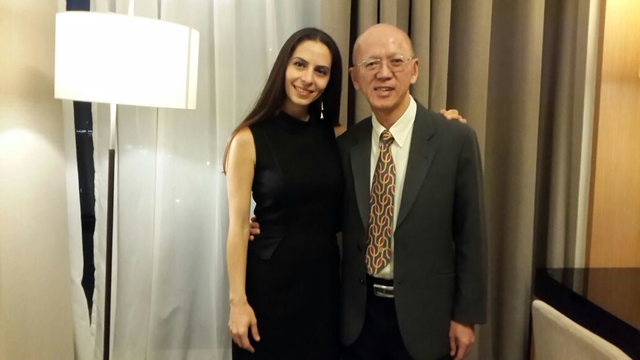
Christina and Dr. Chua
I asked him many questions to learn about his discoveries and research.
Dr. Chua has had over 30 years of experience in providing reproductive and sexual health care to women in Malaysia.
Many of his patients were experiencing chronic vaginal dryness and painful intercourse. Conventional treatments weren’t working for them.
In 1985 while Dr. Chua was attending the 2nd Asian Conference of Sexology in New Delhi, a video was shown of the Female Ejaculation phenomenon.
While watching this video he thought “What a waste of fluid. What if that fluid could be channeled inside the vagina to create vaginal lubrication for women experiencing vaginal dryness?”
This was the start of his hypothesis. Now he needed a brave subject to start his research. Four years later in 1989 he finally found his first daring subject – a 48 year-old woman.
With much trial and error using his index finger he discovered her A-spot.
While stimulating the smooth area behind the G-spot also called Skene’s gland, Dr. Chua’s subject started to lubricate rapidly, then had multiple orgasms.
During 1990-1994 Dr. Chua conducted a clinical trial of the A-spot technique with 271 women experiencing chronic vaginal dryness with promising results.
In 1993 he presented his discovery of the A-spot at the 11th World Congress Sexology in Rio De Janeiro, Brazil. By this time he had 193 documented cases.
In 1994 he went to New Delhi to attend the 3rd Asian Conference of Sexology, but this time as a presenter of the A-spot and his stimulation technique.
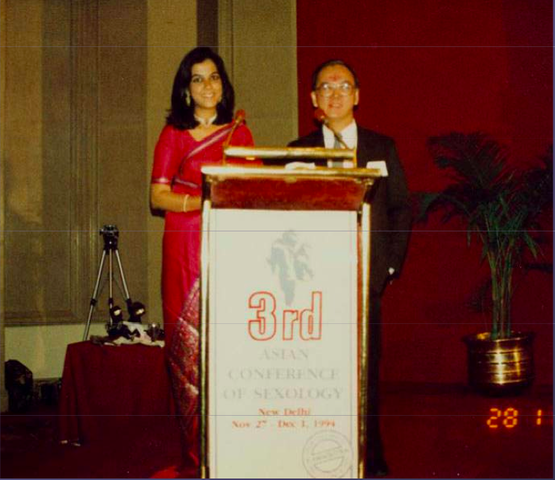
Dr. Chua at the 3rd Asian Conference of Sexology
However, when he returned to Ipoh, the Malaysian government immediately disallowed him to continue his sex therapy research.
Dr. Chua said the government told him “the whole thing was too controversial and that he could no longer practice.”
He honored their request and stopped his research. Thankfully his A-spot discovery and research still remains available through his website.
So Where Is The A-spot Located?
Before we get into the location of the A-spot here are two fun facts:
- The A-spot stands for AFE Zone, which means Anterior Fornix Erogenous Zone (A mouth full).
- According to my research the A-spot is actually comprised of two different spots.
- Anterior Fornix (Front)
- Posterior Fornix (Back)
According to Dr. Chua the A-spot is the smooth surface on the upper wall of the vagina behind the G-spot (AKA skene’s gland).
I believe, like all female pleasure “spots,” this varies from woman to woman. For me, the area it’s closer to my cervix, for another woman it’s right behind her G-spot, for another it’s between her G-spot and cervix.
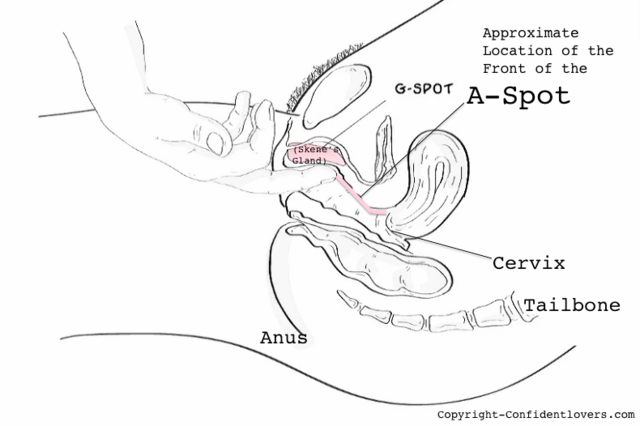
How To Stimulate The A-Spot
Because the A-spot is a smooth and soft area Dr. Chua recommends light feather strokes using the fleshy part of the index finger to arouse the area.
The come here motion used for G-spot stimulation isn’t recommended for this area because the motion is too fast and applies too much pressure to the area.
The A-Spot & Clitoris
During Dr. Chua’s research, women who became sexually aroused and experienced orgasms from A-spot stimulation showed no anatomical changes to their clitorises at all.
In simple terms, this means their clitorises did not become engorged.
Dr. Chua has many video recordings proving this phenomenon.
Until now my understanding and experience is that when a woman is aroused in any way, her vulva (including her clitoris) becomes engorged.
This phenomenon of Dr. Chua’s research was definitely a huge surprise for me.
My Personal Experience
While Dr. Chua was examining my A-spot, I felt very little sensation of wetness and arousal.
My A-spot is deeper and closer to my cervix – this is where I feel the most sensation, but only when I am aroused and connected to my partner.
Dr. Chua said that my lack of sensitivity can also be a result of me having my G-spot injected twice 14 years ago, causing the A-spot area to bunch up leading to the anatomical distortion of the nervous circuitry in this area.
I don’t agree with this, because I am the type of person who will never get aroused just because someone is touching any part of my vulva or any area inside my vagina. I need to be connected to the person and feel safe with them.
Dr. Chua said, so far all the women he had examined vaginally showed thin vaginal wall lining all the way from the Skene’s gland to the cervix.
He recommended that I try his stimulation technique every day for 5 minutes/day and see if I can smooth out the area and possibly restore the sensation.
I will definitely take his advice and start with 30 days and see if I feel a difference in sensation and update this article to reflect my progress.
30- Days Later Update:
After trying Dr. A’s recommendation for 30 days nothing changed and my pleasure area still remains closer to my cervix.
I’ve encouraged other women since to explore and share their findings with me.
I’ve come to the conclusion that the sensations felt in this region is different for every women since we are all wired differently. It ranges between the soft area behind the G-spot and closer to the cervix.
Updated: Aug. 19,2020
Want To Learn How To Make Love With Your Hands? Check Out Our Erotic Touch Video Courses.
Cover Art By|Marco Busoni


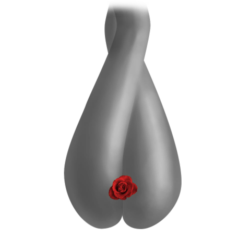
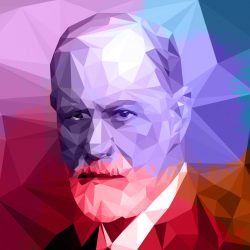
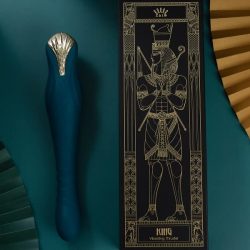
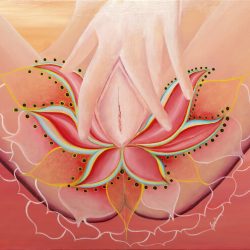
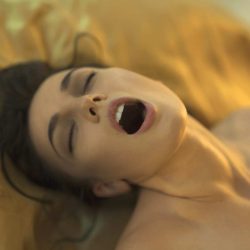

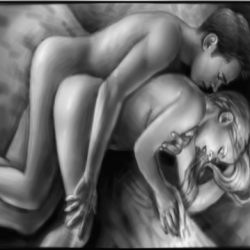
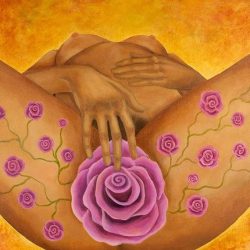






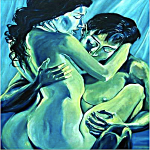

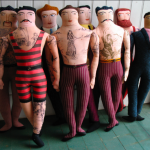




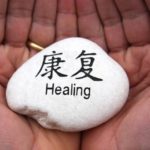
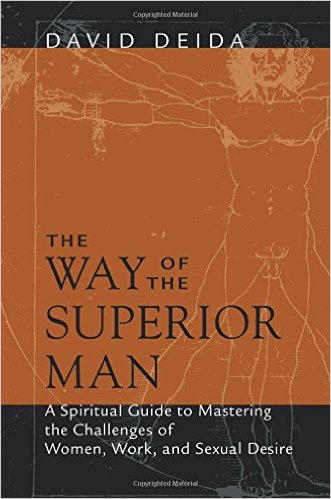
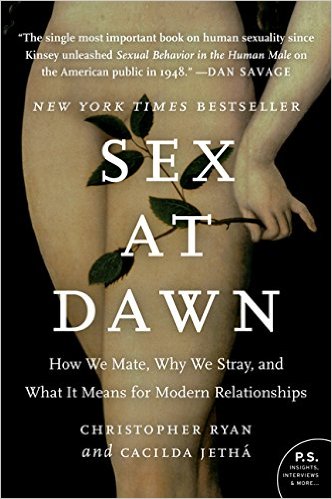
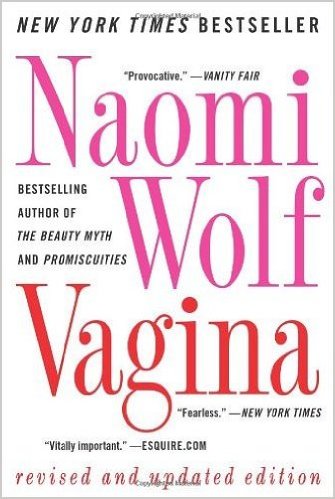
Follow US